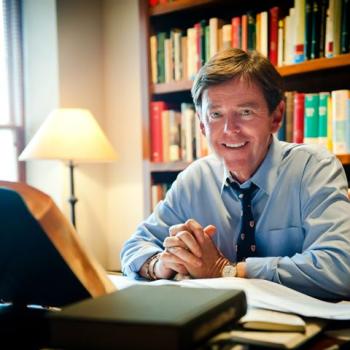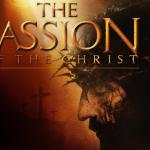Neil deGrasse Tyson has been called many things. Groundbreaking astronomer. Dynamic communicator. Sexiest astrophysicist alive.
But what about public theologian?
It might sound crazy, but the recent reboot of the television show Cosmos: A Personal Journey— Carl Sagan’s classic 1980s exploration of all things science, this time starring the charismatic Tyson and renamed “Cosmos: A Spacetime Odyssey” — is already attracting more attention for what it says about religion than astrophysics.
The show, which premiered Sunday night, begins roughly as expected, with Tyson guiding viewers through a humbling and special-effect laden tour of our seemingly infinite cosmos. But things abruptly shift gears as the program enters its middle segment, with Tyson narrating an animated retelling of the life of Giordano Bruno, a 14th century Dominican friar who dared to make the bold claim that our universe is not confined to the solar system (with the sun at the center), but in fact home an infinite number of suns besides our own, each surrounded by worlds populated with intelligent beings.
Predictably, Bruno’s ideas weren’t exactly popular with the religious leadership of his day. Scene after scene shows him mocked and exiled for his passionate embrace of an infinite universe, and Bruno is eventually imprisoned and tortured by the religious “thought police.” Ultimately, despite Bruno’s repeated assertion that his controversial conviction is fueled by his deep love in “the Creator,” we see him burned at the stake for his beliefs.
Read the rest here















